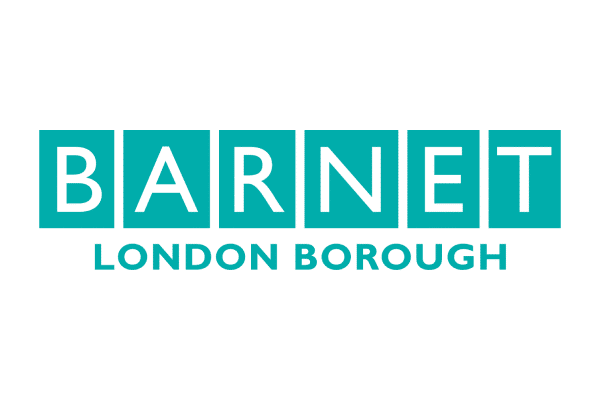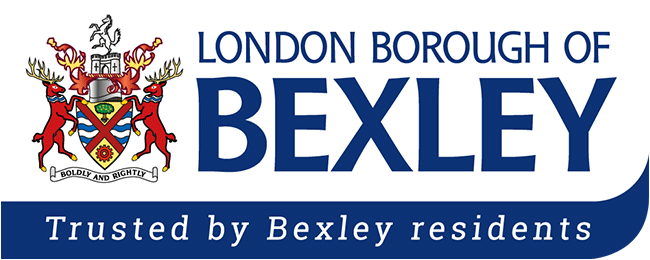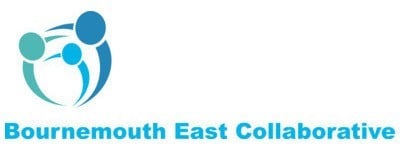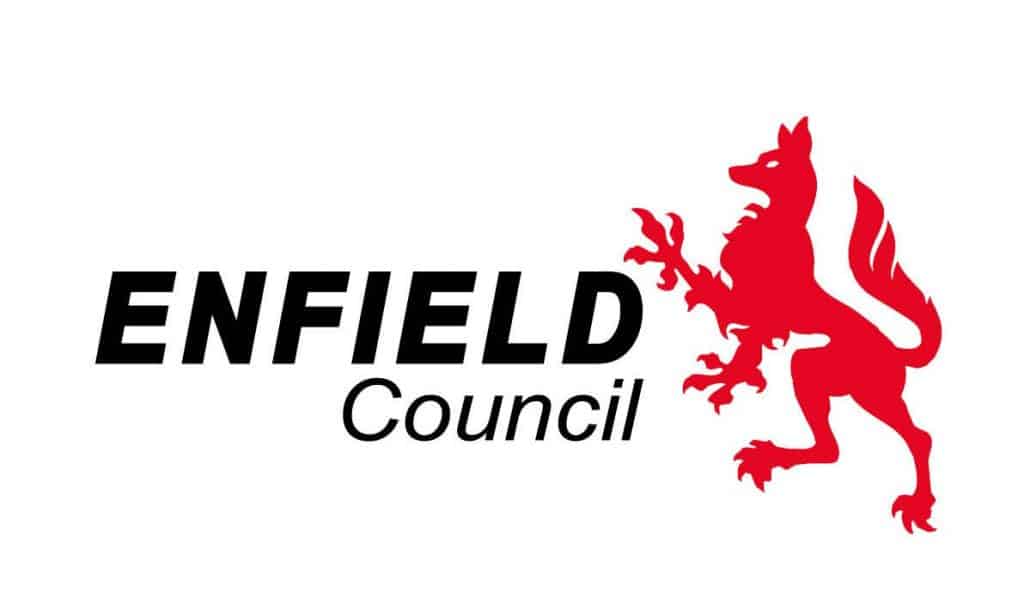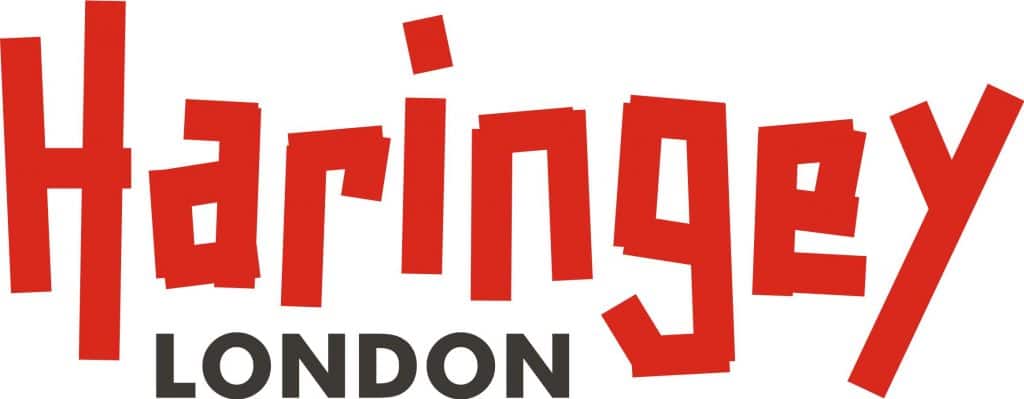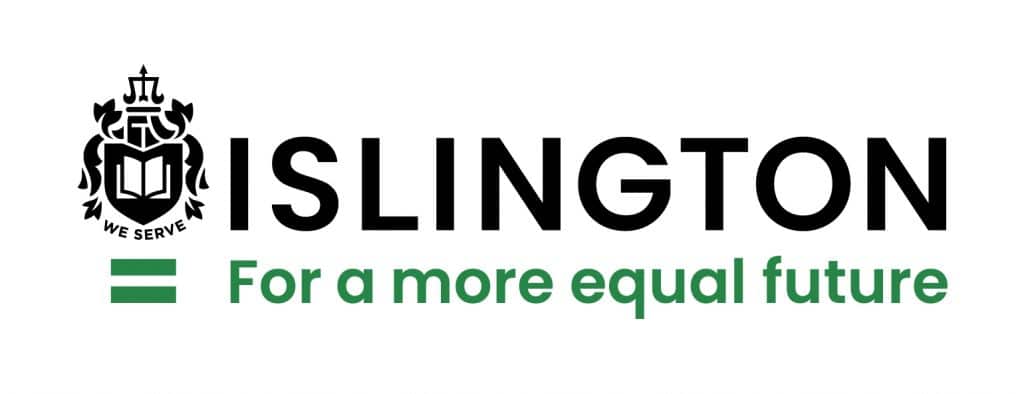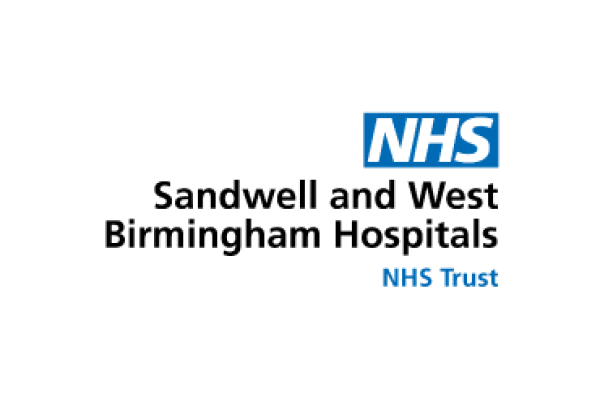Remote Monitoring
Proactive, clinician-led monitoring that helps the NHS detect deterioration early and reduce hospital use.
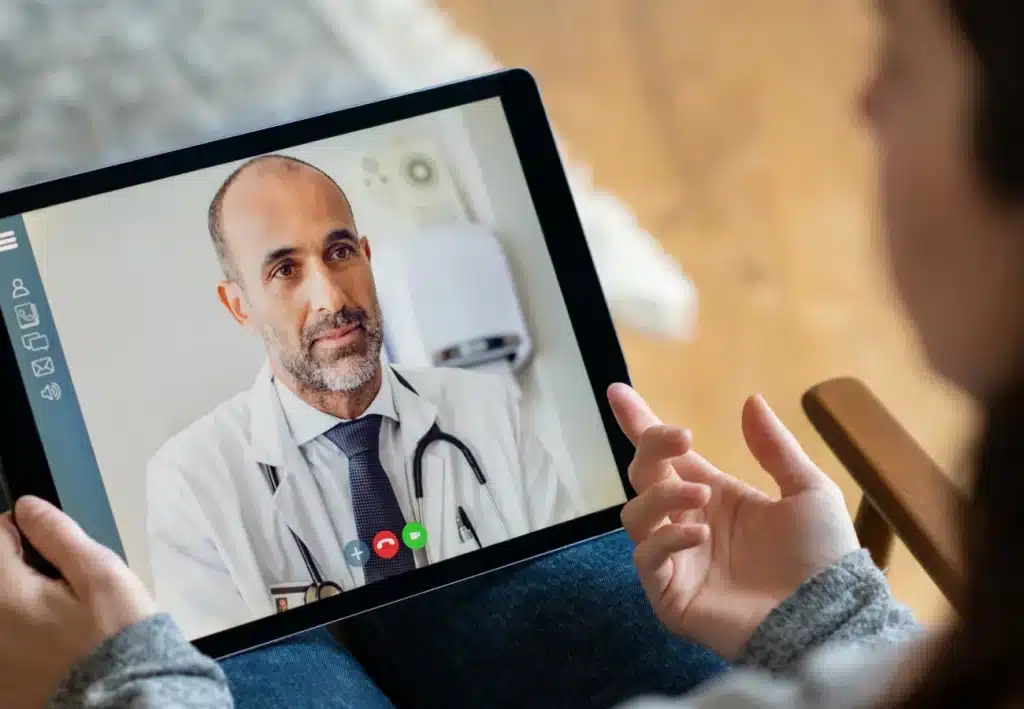
Keeping Patients Well at Home
GPDQ’s CQC-registered Remote Monitoring service enables ICBs, Trusts, and community providers to identify deterioration earlier, reduce unnecessary hospital admissions, and support patients with long-term conditions to stay well in their own homes.
By intervening early, we help avoid high-cost escalations and reduce the financial burden on the wider system.
Why Remote Monitoring Matters
-
Prevent avoidable hospital admissions
-
Identify deterioration earlier
-
Improve continuity of care
-
Reduce demand on overstretched NHS teams
-
Reduce inpatient costs and avoid high-cost escalations

How the Service Works
- Patient Identification and Triage: Collaborate with NHS partners to identify suitable patients.
- Device Provision and Onboarding: Supply patients with necessary monitoring devices and provide training.
- Daily Check-ins by GPDQ Nurses: Conduct regular virtual check-ins to monitor patient health.
- Real-time Monitoring and Escalation: Monitor patient data in real-time and escalate care when necessary.
- Discharge or Step-up to Virtual Ward/Secondary Care: Transition patients based on their health status.
Who It's For
-
Patients with long-term conditions such as COPD, asthma, heart failure, diabetes, cancer and MSK disorders
-
Frail or elderly individuals
-
At-risk patients recently discharged

Service Features
-
Remote monitoring with NHS-approved devices
-
Daily virtual check-ins
-
Clinician-led escalation and triage
-
Integration with EMIS, SystmOne
-
Data reporting and governance
-
Digital transformation and leadership
-
Collaboration with local VCSE and Social Prescribers
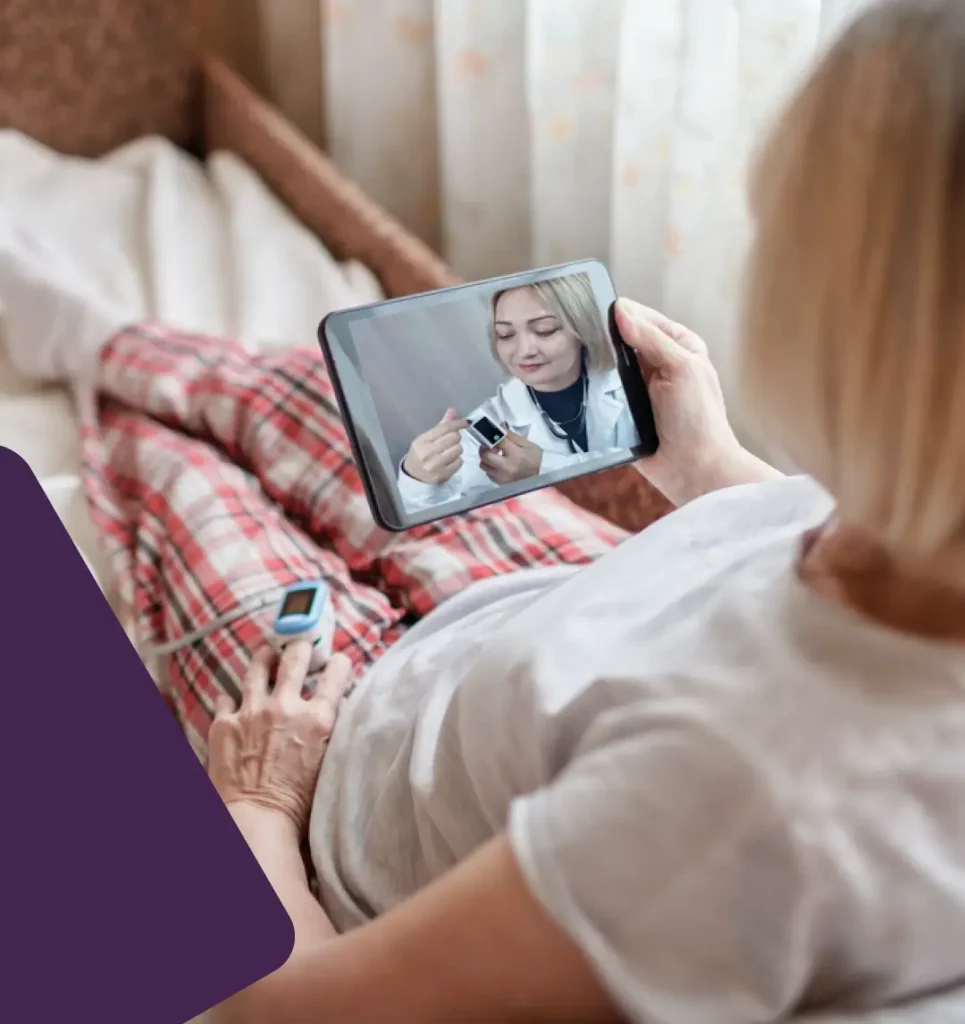
Why NHS Partners Choose GPDQ
-
NHS-aligned clinical governance
-
Scalable models for large or small systems
-
Fully managed service from triage to reporting
-
Clinically led, not just tech-enabled
-
CQC-registered governance
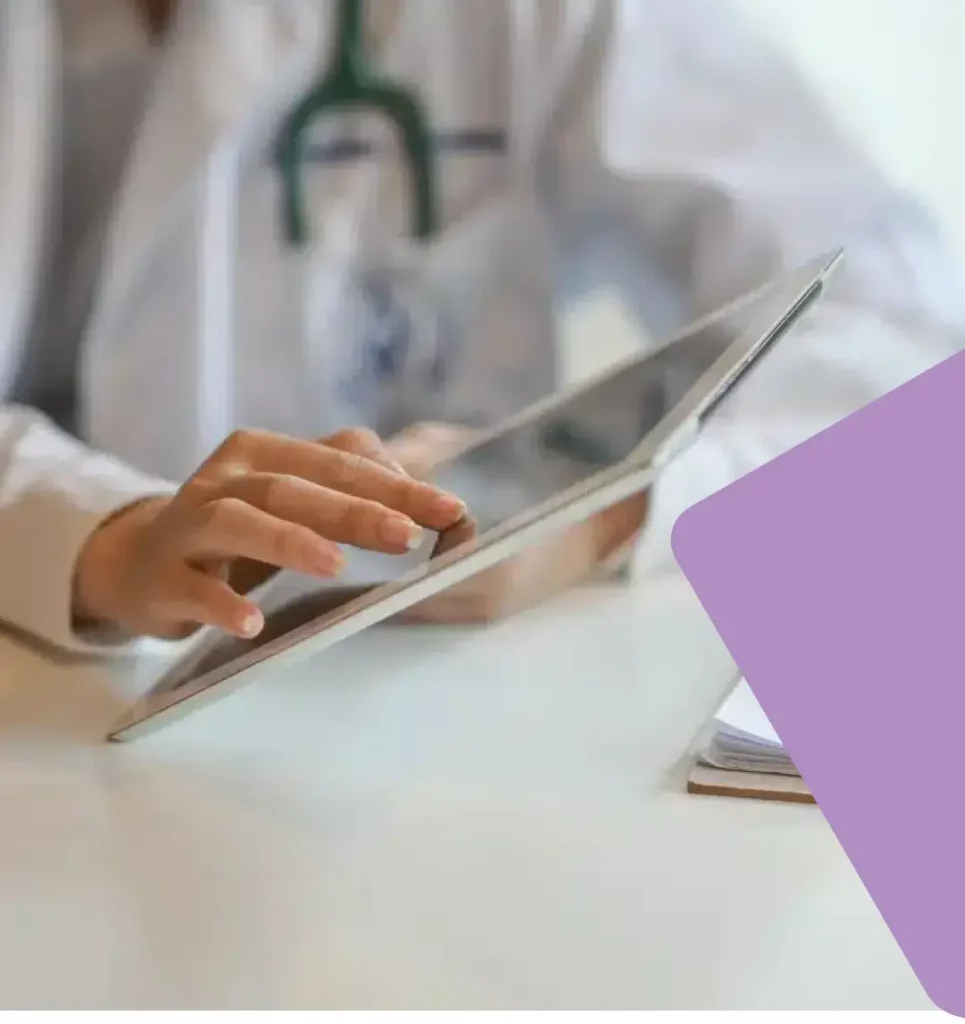
Organisations We Proudly Work With:
